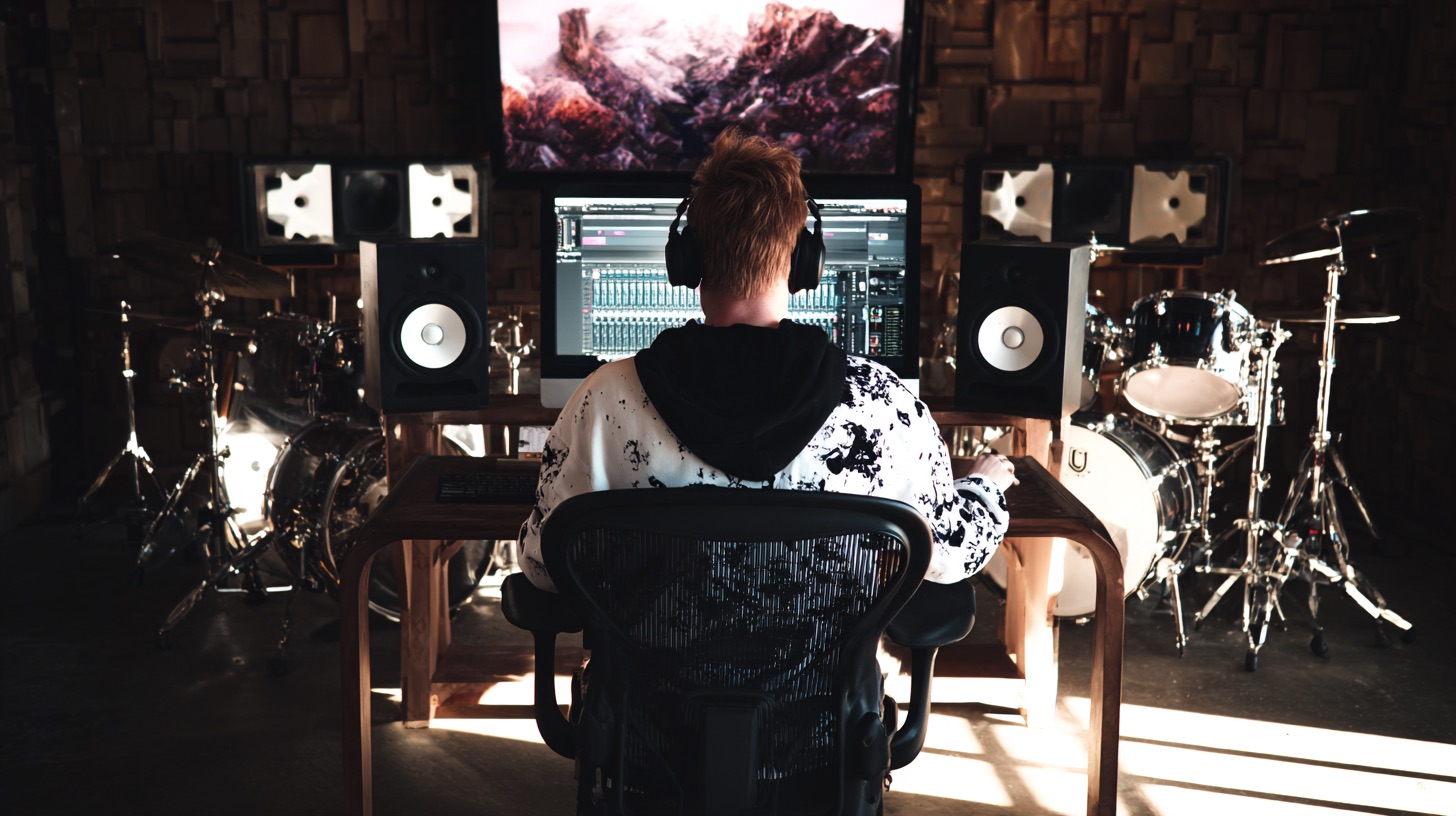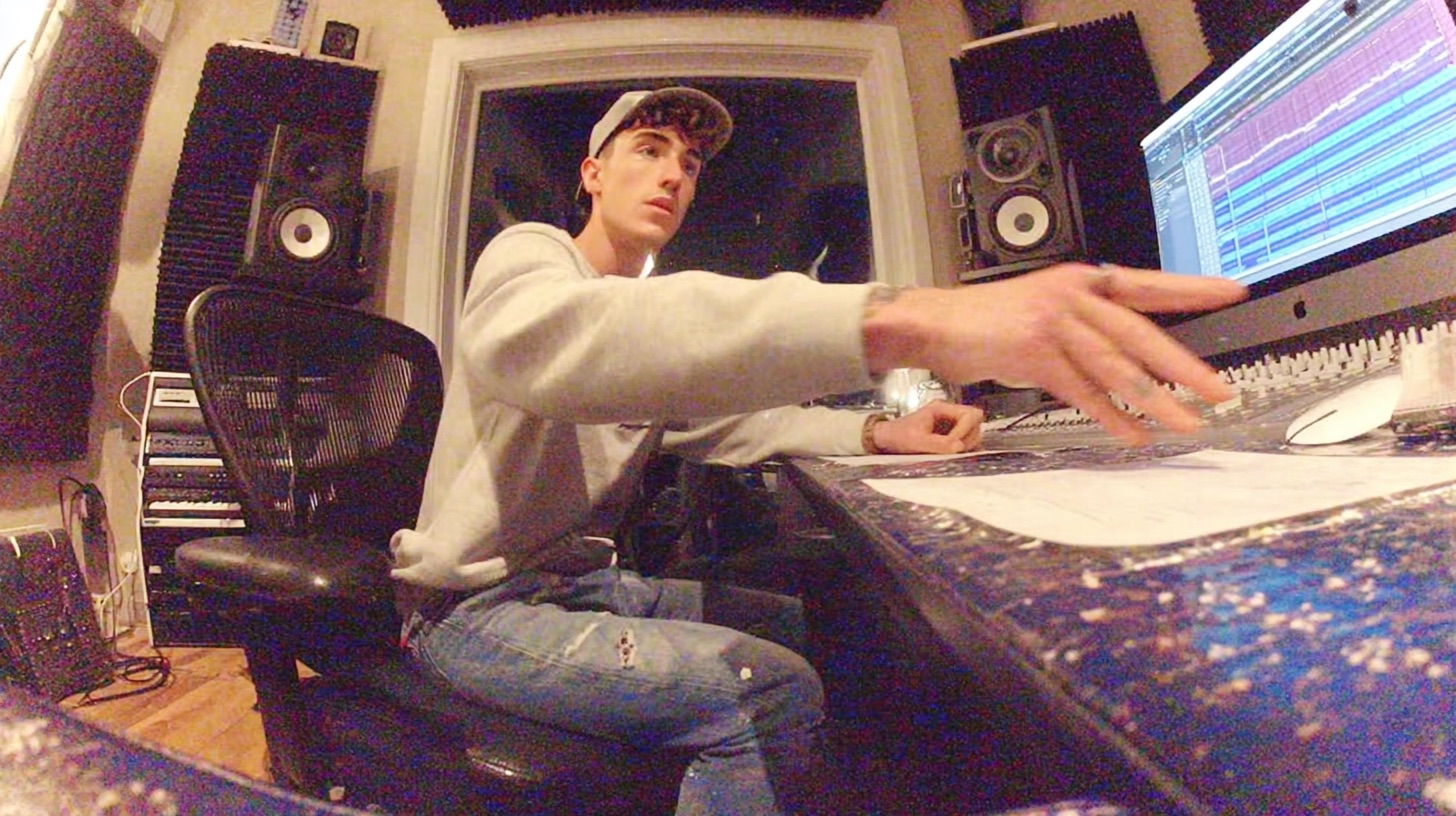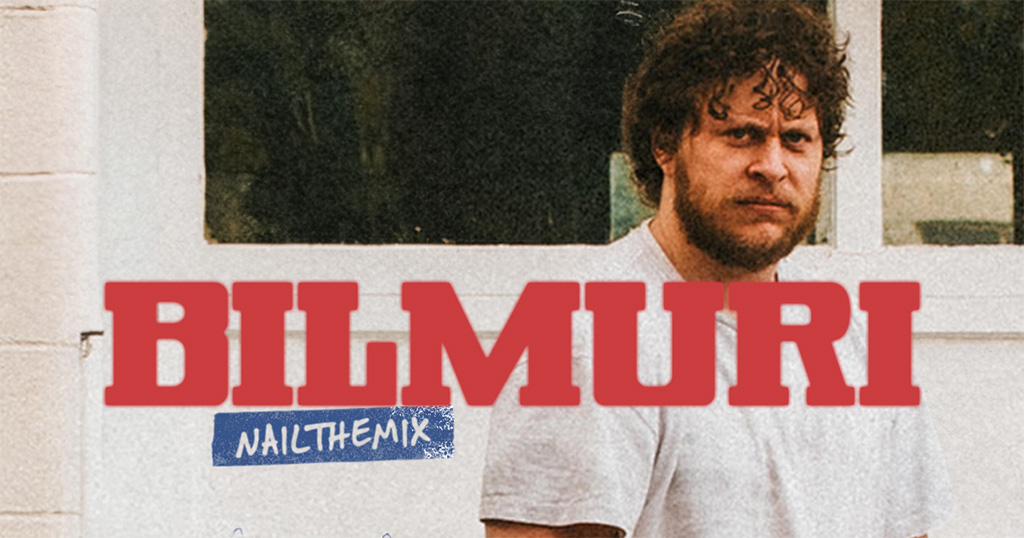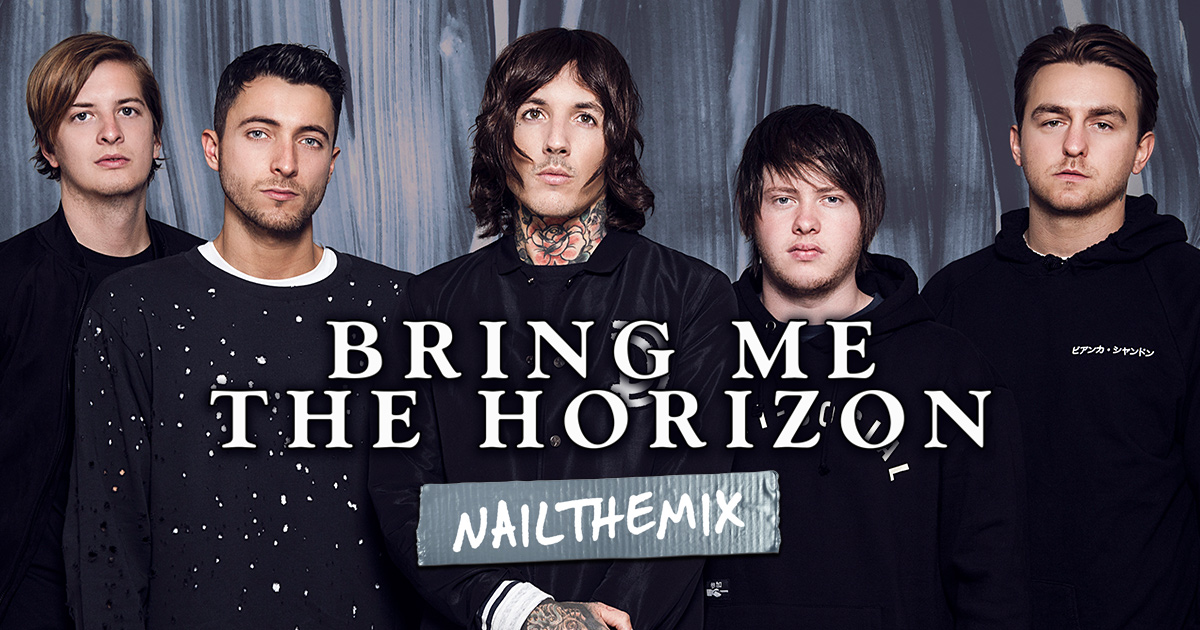
Mono vs Stereo: Critical Decisions for Metal Mixers
Nail The Mix Staff
Mono or stereo? It’s a fundamental choice we make constantly in our DAWs, track by track, sometimes even within a single instrument. Get it right, and your metal mix punches hard, feels massive, and translates everywhere. Get it wrong, and things can sound muddy, weak, phasey, or just… amateur. We’re talking core stuff here that separates the pros from the bedroom warriors.
Forget the overly simplistic “mono is old, stereo is new” BS. Both are crucial tools. Understanding when and why to use each is key to crafting mixes that slam. Let’s dive into how these choices affect your metal productions and how to make them work for you.
What’s the Actual Difference? Mono vs. Stereo Explained (No BS)
Before we get into specific instruments, let’s nail down the basics without getting too textbooky.
Mono: The Power of One
Think of mono (monophonic) as a single audio channel. All the sound information is bundled into one stream. When you listen to a mono track on a stereo system, that same single channel is sent to both your left and right speakers equally. The result? The sound appears to come from a single point, usually right between your speakers.
Why it’s awesome for metal:
- Punch and Focus: Mono sources hit hard and clear. There’s no ambiguity about where they’re coming from. This is a key part of controlling your mix’s music dynamics for maximum impact.
- Directness: Perfect for elements that need to be front-and-center.
- Phase Coherence: With a single channel, you inherently avoid many phase cancellation issues that can plague stereo sources if not handled correctly.
- Compatibility: Mono sources generally translate well to various playback systems, including club PAs or smaller Bluetooth speakers that might sum to mono anyway.
Common mono elements in metal mixes include your kick drum (often a beefy sample from something like Slate Trigger 2 or a well-mic’d acoustic kick like an AKG D112), the core snare drum sound (think SM57 on top, maybe summed with a bottom mic), your main bass guitar DI (like from a SansAmp RBI or Darkglass B7K), and often, the lead vocal.
Actionable Tip: The Mono Check
Seriously, regularly check your entire mix in mono. Most DAWs like Pro Tools, Cubase (via the Control Room), Logic Pro X, or Reaper have a simple mono sum button on the master fader. This collapses your stereo field and instantly reveals phase problems. If elements disappear or sound hollowed out, you’ve got issues to fix. This is non-negotiable for pro-sounding mixes.
Stereo: Spreading the Sound
Stereo (stereophonic) uses two audio channels – left and right. These channels can carry identical information (which would sound mono) or, more excitingly, different information. This difference creates the illusion of width, depth, and movement in your mix.
How it’s achieved:
- Panning: The art of panning is about placing mono sources at different points in the left-right spectrum to build a wide and balanced soundstage.
- Stereo Miking: Using two microphones to capture a source, like drum overheads (e.g., a spaced pair of Neumann KM184s) or a room mic setup.
- Stereo Effects: Reverbs (like a Valhalla VintageVerb), delays (a classic Soundtoys EchoBoy ping-pong), chorus, and dedicated stereo imagers.
- Stereo Instruments: Many synths (like those in Spectrasonics Omnisphere) or samplers output in stereo by default.
Why it’s awesome for metal:
- Immersion: Creates that “wall of sound” and makes the listener feel enveloped.
- Width: Essential for making modern metal mixes sound huge.
- Separation: Allows instruments to occupy their own space, reducing clutter.
Stereo is king for those wide, panned rhythm guitars, drum overheads and room mics, lush synth pads, backing vocal choirs, and spacious effects returns.
Mono vs. Stereo in Your Metal Workflow: Practical Applications
Okay, theory’s cool, but how does this apply when you’re actually tracking and mixing that banger?
Kick & Snare: The Mono Core
For maximum punch and a solid center image, your kick and snare are usually best kept mono, or very close to it.
- Kick: Whether it’s a sample from Toontrack Superior Drummer 3 or a mic’d acoustic kit, a mono kick hits with authority. If you’re blending a mic (e.g., Audix D6) with a sub-kick (like a Yamaha NS-10 speaker wired as a mic), ensure they’re phase-aligned and then sum them to a mono track or bus.
- Snare: The main body and crack of the snare (e.g., SM57 top, maybe an Sennheiser MD441-U bottom) are typically mono. Some mixers like to use stereo room mics or overheads to give the snare some width, but the core impact often comes from a mono center.
- Compression Power: That mono punch gets even better with the right squeeze. Applying something like an Empirical Labs Distressor (or its plugin counterpart, the Arousor) can really make that mono kick and snare explode. Getting this right is a cornerstone of powerful drums.
Bass Guitar: Foundation in Mono? Mostly.
The age-old wisdom is bass in mono. This keeps your low-end tight, focused, and consistent across playback systems. This is also a critical first step when it comes to balancing the kick drum and bass, as it prevents a washed-out, phasey low end.
- DI Signal: Your DI signal from a quality unit like a Rupert Neve Designs RNDI or an Avalon U5 is inherently mono. Keep it that way.
- Amped Bass: If you’re miking a bass cab (e.g., an Ampeg SVT with an Electro-Voice RE20), that mic signal is mono. If you blend DI and mic, ensure phase alignment.
- Advanced Tip – Stereo Highs: Some producers split the bass. They’ll keep frequencies below, say, 100-150Hz (using a linear phase EQ like FabFilter Pro-Q 3 in crossover mode) strictly mono. Then, they might add some subtle stereo width to the higher frequencies (mids and grit) using a very short stereo delay, a subtle chorus like a Boss CE-2W pedal emulation, or even a different distorted amp sim panned slightly. Use with caution – too much can weaken the foundation.
Guitars: The Wall of Sound (Usually Stereo!)
This is where stereo truly shines in metal. That massive, wide guitar sound? It’s all about stereo.
- Double/Quad-Tracking: The classic method. Record at least two rhythm guitar takes. Pan one hard left (100% L) and the other hard right (100% R). For even more density, record four takes and pan two hard left and two hard right, perhaps with slightly different tones or performances (e.g., one pair using a Peavey 6505 sim like the STL ToneHub Will Putney pack, the other a Mesa Boogie Dual Rectifier via Neural DSP Archetype: Gojira).
- Miking: Each take is typically a mono recording (e.g., an SM57 paired with a Royer R-121 on a cab, blended to taste). The stereo effect comes from having different performances/tones panned.
- EQ for Separation: With guitars panned wide, you need to ensure they don’t fight. Sometimes, subtle EQ differences between the left and right sides can help. For instance, you might cut a narrow band at 2kHz on the left guitar and a different narrow band at 3kHz on the right to give each its own little pocket.
Vocals: Center Stage or Wide Ensemble?
- Lead Vocals: Almost always mono and dead center. This gives them clarity, power, and directness. You want that voice hitting the listener right between the eyes.
- Backing Vocals/Harmonies: This is where stereo panning adds depth and width. Stacked harmonies can be panned out – e.g., low harmonies at 40% L/R, mid harmonies at 70% L/R, and high harmonies wider if needed. Gang vocals can be a mix of centered elements and wider panned layers.
- Effects for Space: Even with a mono lead vocal, you create stereo space with effects. A stereo reverb (like a Lexicon PCM Native Reverb) or a stereo delay (like UAD Galaxy Tape Echo in ping-pong mode) can give the vocal width and depth without moving the dry vocal from the center.
Drum Overheads & Rooms: Capturing the Kit’s Image
These are your primary tools for capturing the stereo image of the entire drum kit and the sound of the room.
- Overheads (OH): Techniques like spaced pairs (e.g., two AKG C414s), XY (e.g., two Rode NT5s), or ORTF create a stereo spread of the cymbals and the overall kit. The wider the spacing (for spaced pairs), generally the wider the image, but watch out for phase issues in the center.
- Room Mics: Whether close rooms for punch or far rooms for ambience, these are almost always stereo to capture the space. A pair of ribbon mics like AEA R84s or condensers can sound huge. Even if you’re working with limited mics, you can learn how to make small drum rooms sound massive with clever processing.
- Processing: Stereo compression (e.g., an API 2500 plugin) on the drum bus, including overheads and rooms, can enhance the stereo image and glue the kit together.
Synths & FX: Adding Depth and Ear Candy
Many modern metal tracks incorporate synths, pads, and sound effects.
- Synth Patches: Many are inherently stereo. Use this to your advantage to add width, but be mindful if they have too much low-end information spread wide – that can get muddy.
- Stereo FX: Reverbs, delays, choruses (like the Arturia Chorus JUN-6), phasers, and dedicated stereo imagers (like iZotope Ozone Imager – use sparingly!) can add movement and interest. Place them carefully in the stereo field so they enhance, not clutter.
- Plugin Power: For creative stereo mangling, something like Output Portal or Cableguys ShaperBox can create insane rhythmic stereo effects on synth lines or even guitars if you’re feeling adventurous.
Common Mono vs. Stereo Pitfalls (And How to Fix ‘Em)
Navigating mono and stereo isn’t without its traps. Here are a few common ones:
Phase Problems: The Stereo Killer
- What it is: When two (or more) signals carrying similar information are slightly out of time with each other, their waveforms can cancel out certain frequencies, leading to a thin, hollow, or “comb-filtered” sound. This is especially risky with multiple mics on one source (like a drum kit or a multi-mic’d guitar cab) or poorly designed stereo effects.
- Spotting it: Your best friend here is that mono sum button. If stuff disappears or sounds drastically different and weaker in mono, you’ve got phase issues. A correlation meter (plugins like Voxengo SPAN (free!) or iZotope Insight 2 have them) can also help – you generally want it to stay positive.
- Fixes:
- Mic Placement: The first line of defense. Use techniques like the 3:1 rule for multiple mics.
- Polarity Switch: Flipping the polarity (often mislabeled “phase”) on one channel can sometimes fix simple cancellations. Most DAWs and many plugins (like your console emulations) have this.
- Phase Alignment Tools: Plugins like Sound Radix Auto-Align or Waves InPhase can time-align tracks for you.
- Nudging: Manually nudging one track by tiny amounts (samples or milliseconds) in your DAW can also work. This is a powerful, plugin-free way to phase align DI and mic signals, tightening up the sound at the source.
Over-Widening: When Stereo Goes Too Far
- The Problem: Chasing extreme width with too many stereo wideners or excessive Haas effect delays (super short, single delays panned opposite the dry signal) can lead to a mix that sounds impressive on headphones but falls apart in mono or on other systems. It can also make your center image feel weak and disconnected.
- The Fix: Use stereo wideners judiciously. Often, good panning, well-recorded stereo sources (like overheads), and stereo effects (reverbs, delays) are enough. Always check in mono! If your mix sounds thin or crucial elements drop significantly in level, you’ve gone too far.

100+ Insanely Detailed Mixing Tutorials
We leave absolutely nothing out, showing you every single step
“Fake” Stereo vs. True Stereo
- “Fake” Stereo: These are techniques or plugins (like Waves Doubler or PS22 Stereo Maker) that create a stereo image from a mono source. Some of these are old-school tricks, and you can even learn how to convert a track from mono to stereo without plugins using simple DAW edits.
- When they’re useful: Can be cool for special effects, adding some subtle width to a background element, or quickly “stereo-izing” a mono synth patch.
- When they’re problematic: Can introduce phase issues and often don’t sound as natural or robust as “true” stereo from double-tracking or proper stereo miking. For critical elements like main rhythm guitars, true double-tracking almost always yields a more powerful and authentic stereo width than a plugin trying to fake it from a single performance.
Making the Right Call: Mono or Stereo for YOUR Track?
So, how do you decide? There’s no single “right” answer for every situation. It boils down to:
- The Instrument’s Role: Is it a foundational element needing punch (kick, bass = likely mono)? Or is it about creating space and width (guitars, overheads, pads = likely stereo)?
- Genre Conventions: Metal thrives on wide guitars and impactful centered drums/vocals.
- Arrangement: If your arrangement is dense, careful use of mono and stereo helps create separation. If it’s sparse, you might have more room to play with wider stereo elements.
- A/B Testing & Referencing: Always listen to your choices in context. How does it sound against your favorite reference mixes? Does it serve the song?
Learning to make these critical mono vs. stereo decisions by ear, and seeing how pros tackle them in real-world sessions, can massively level up your mixes. It’s about developing that instinct for what serves the song best.
Final Thoughts: Punch, Width, and Power
Mastering the interplay between mono and stereo is fundamental to mixing heavy music that hits hard and feels huge. Mono gives you that undeniable punch and clarity for your core elements. Stereo provides the width, depth, and immersion that makes a track truly epic.
Don’t just default to one or the other. Think critically about each track. Experiment. And always, always check your mix in mono. Keep these principles in mind next time you’re staring at your DAW session, and you’ll be well on your way to crafting mixes that translate beautifully and kick serious ass.
Get a new set of multi-tracks every month from a world-class artist, a livestream with the producer who mixed it, 100+ tutorials, our exclusive plugins and more
Get Started for $1




